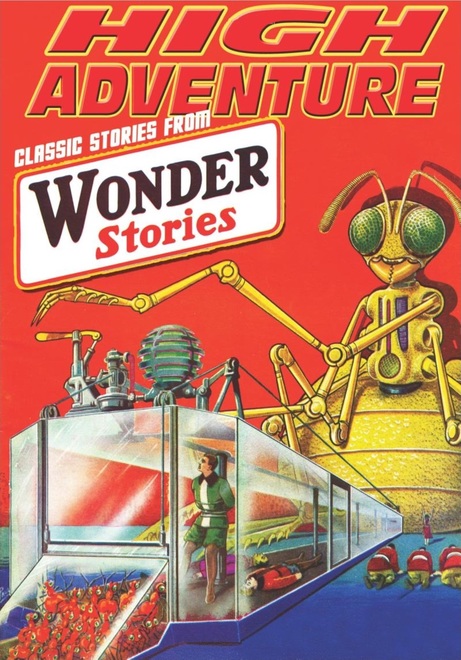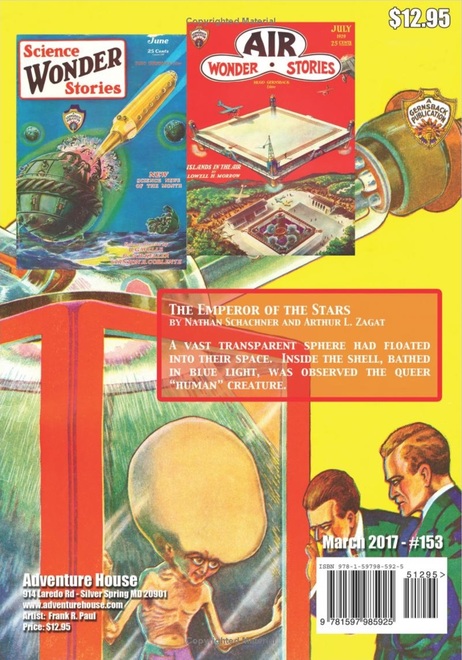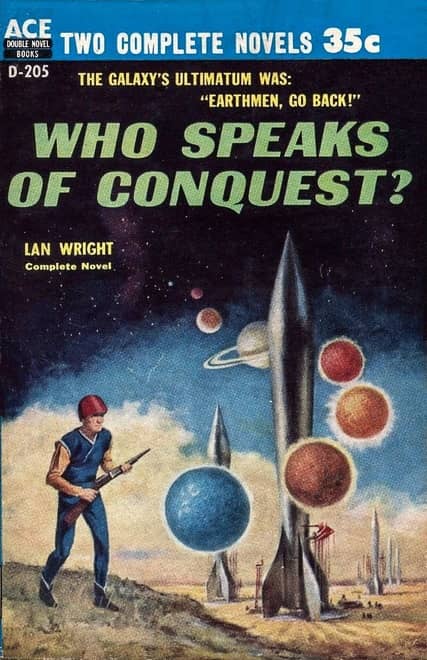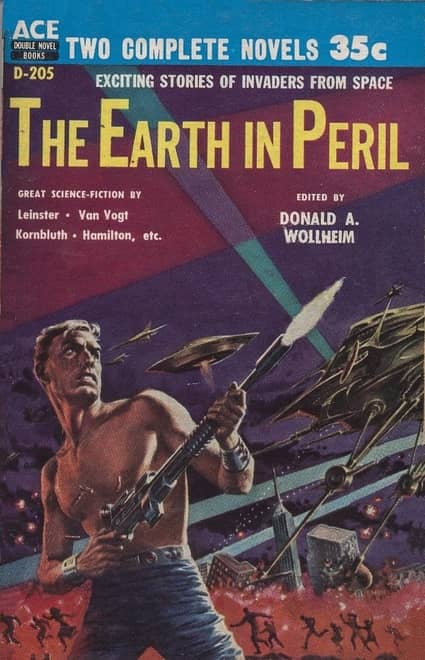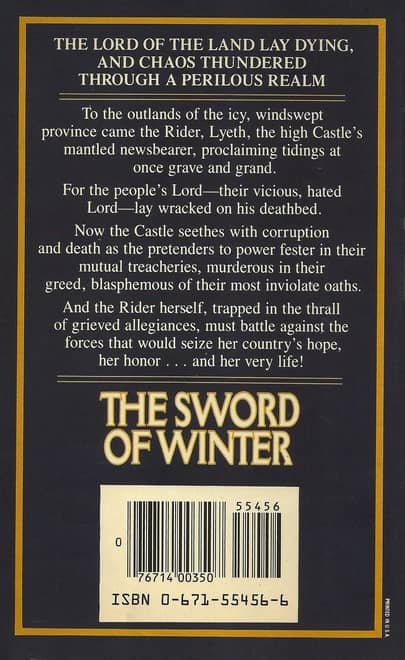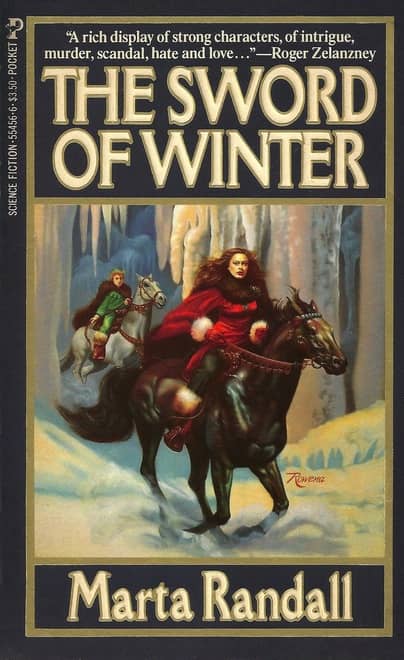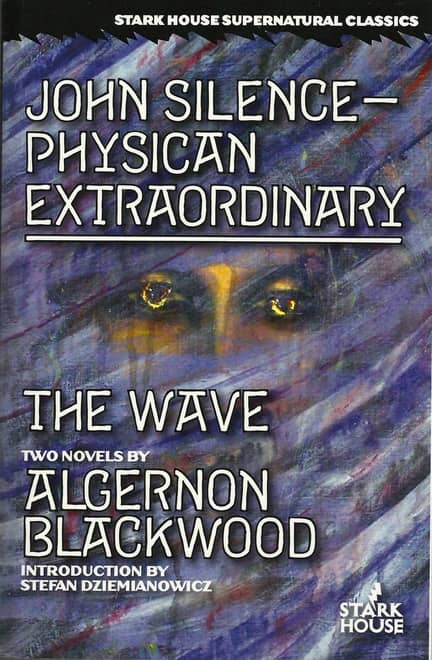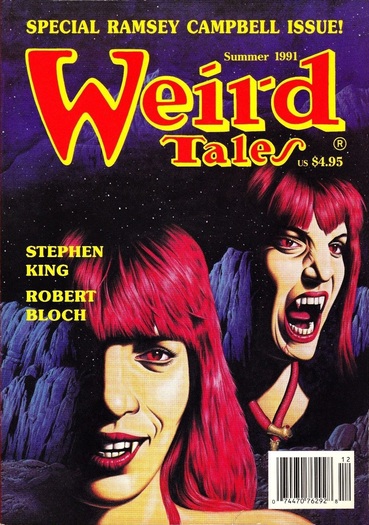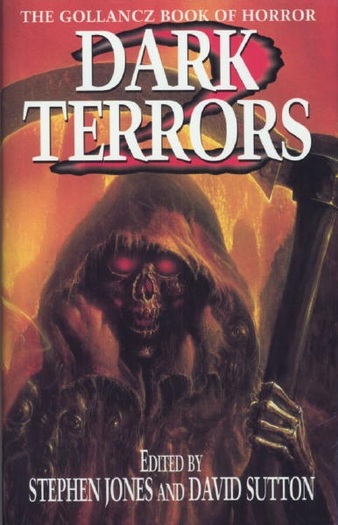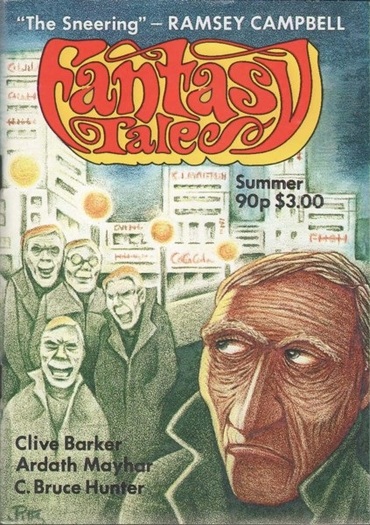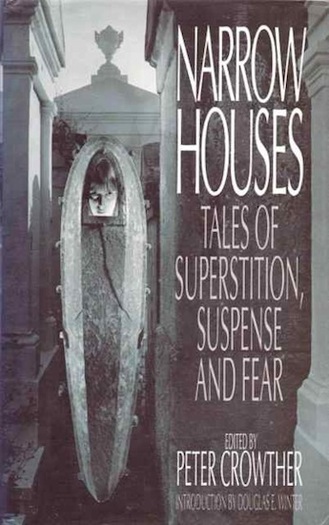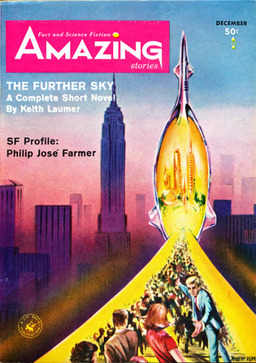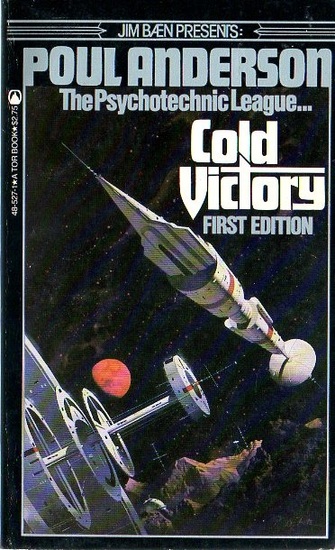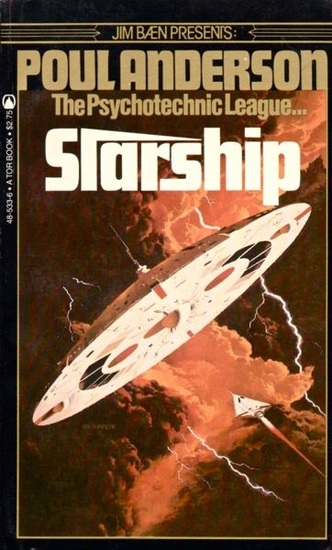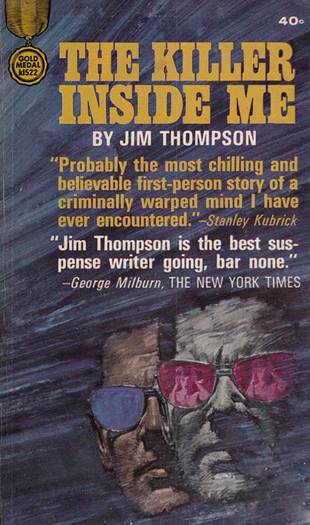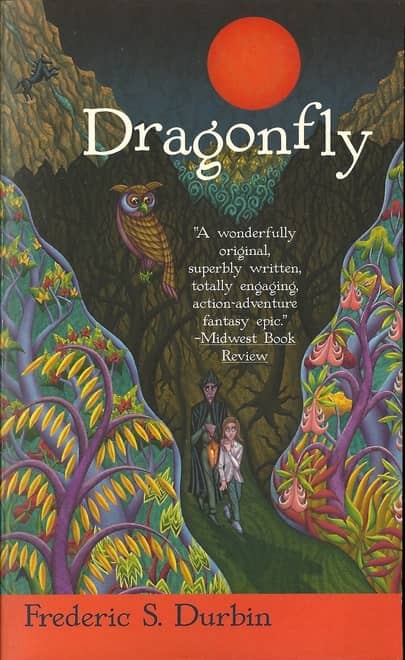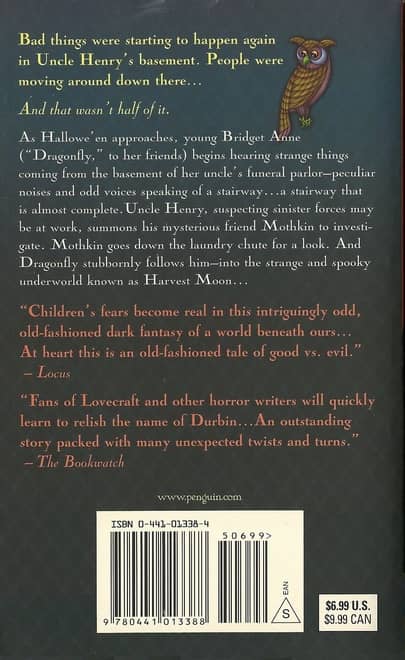“Have you given any thought to what you are going to do if — rather, when — you make it to the top?”
“Look for trouble,” Dilvish said. “Defend myself at all times. Strike instantly if I see the enemy.”
Black and Dilvish to each other in “Tower of Ice”
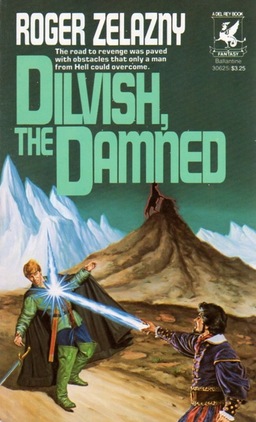 Dilvish, the Damned (1983), by Roger Zelazny, had been on my list of books and stories to avoid because of who recommended them. With this book, it was someone I played D&D with. In fact, he introduced me to the original D&D rules back in 1977 or ’78.
Dilvish, the Damned (1983), by Roger Zelazny, had been on my list of books and stories to avoid because of who recommended them. With this book, it was someone I played D&D with. In fact, he introduced me to the original D&D rules back in 1977 or ’78.
He was, and remains, the most voracious reader I’ve ever known, though he rarely reads outside of sci fi and fantasy. He would always tell me about whatever book he was reading — often read while he walked the mile and half to my house. When he’d describe a book to me, though, it was always about how cool and awesome the most powerful characters were. Big cowls and fancy wizardly skullcaps were symbols of greatness. The more absurdly godlike the protagonists were, the better.
A few years ago, he told me he was disappointed that the Twilight books didn’t end in an epic all out vampires vs. werewolves war. That Stephenie Meyer wouldn’t do that really didn’t make sense to him. It’s that sort of take on books that led me to take for granted that any book he suggested was going to annoy me as much as it excited him. I’ve overcome that block slowly. It took me nearly thirty years and a lot of positive recommendations to read Roger Zelazny’s Amber Chronicles. Even loving those — which I do — it took me another decade to pick up Dilvish, the Damned.
Dilvish is heir to both a Human house and an Elvish house, and a heroic warrior of great prowess. Two centuries ago, he came up against the powerful, evil sorcerer, Jelerak. The wizard, far stronger than Dilvish knew, turned the half-elf to stone and imprisoned his soul in Hell. It is only when Portaroy, a town once saved by Dilvish, comes under a new attack, he is freed to return to the mortal world with a metal horse named Black, and a desire to avenge himself on Jelerak.
Dilvish is part of the rebirth of swords & sorcery in the mid-60s alongside Elric and the Lancer Conan. Several of Zelazny’s stories were reprinted in S&S anthologies from the 1970s. Some of the stories are at least equal to those of Moorcock and Leiber, and way better than most by Lin Carter and John Jakes. Dilvish, the Damned is a 1983 fixup of all eleven Dilvish short stories. The first was originally published in Fantastic in 1965, and the last two first saw light of day in this collection.
…
Read More Read More
